Gubi Re-issues Mathieu Matégot’s Nagasaki Chair
We seem to be on a bit of a Mid-Century Modern kick lately. In the last week alone, we’ve profiled some classic re-issues (Cherner Stool and Vola Faucet), in addition to some auspicious new work evocative of that iconic period in A&D (Goetz Sofa and House Numbers). Never one to let a good dose of 50s nostalgia and slick modern design pass me by, today I’m (re)examining the iconic Nagasaki Chair by Hungarian designer Mathieu Matégot. Originally released in 1952 through Matégot’s workshop, the Societe Matégot, Nagasaki’s lineage might be traced to Marcel Breuer’s Tubular Steel Chair and Walter Papst’s infamous Three Legged Chair—though perhaps I should revise that order, since Nagasaki predates Three Legged by, coincidentally, exactly three years.
Nagasaki. Designed by Mathieu Matégot for.
Steel and Metal Comprise an Iconic Three-Legged Chair
In contrast to the old school craftsmanship of Papst, which relies on a material that’s conveniently above ground, Matégot’s chosen medium must be mined from the bowels of the earth. Nagasaki is elemental to the core; its supporting structure of thin tubular rods is concocted from steel, while its pan-shaped mesh seat and back are forged from perforated metal. The lightweight materials not only helped Nagasaki conform to the prevailing cultural ethos (from the Bauhaus on down: employ new, “industrial” materials in design for structure and aesthetics), they also made the piece user friendly: ease of assembly made Nagasaki easy to produce; its light weight made it easy to ship; and its portability made it amenable to a variety of uses and settings.
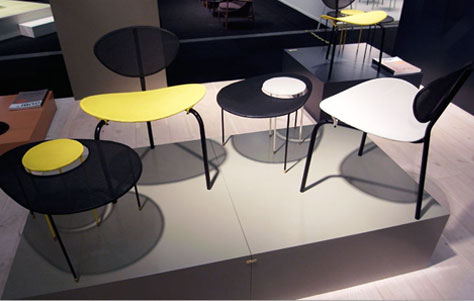
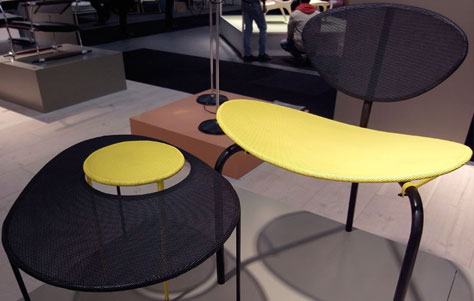
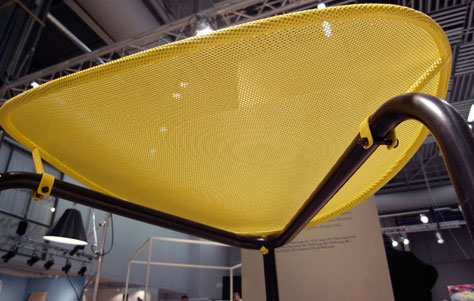
Danish manufacturer Gubi is banking on all of the above to create a certain cache around the re-release. The company has always thrived on innovation: “To us it is important that a new product is not just a part of a series along the product line, but each time a wish to make something different… we want to stay curious, to go new ways, experiment with new materials or shapes, but most of all make a design that has a purpose.” Those words were certainly true at the company’s onset (some 40 years past), and, as evinced by the recurrent innovations inherent in the lithe lines of Nagasaki, they remain true today.
Via DesignBoom.

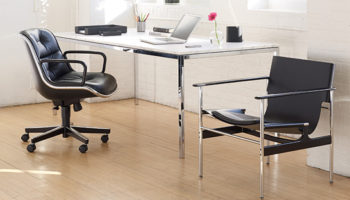
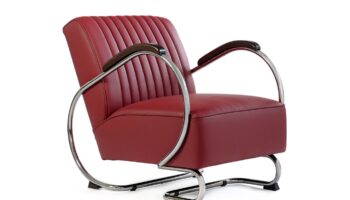

Leave a Reply